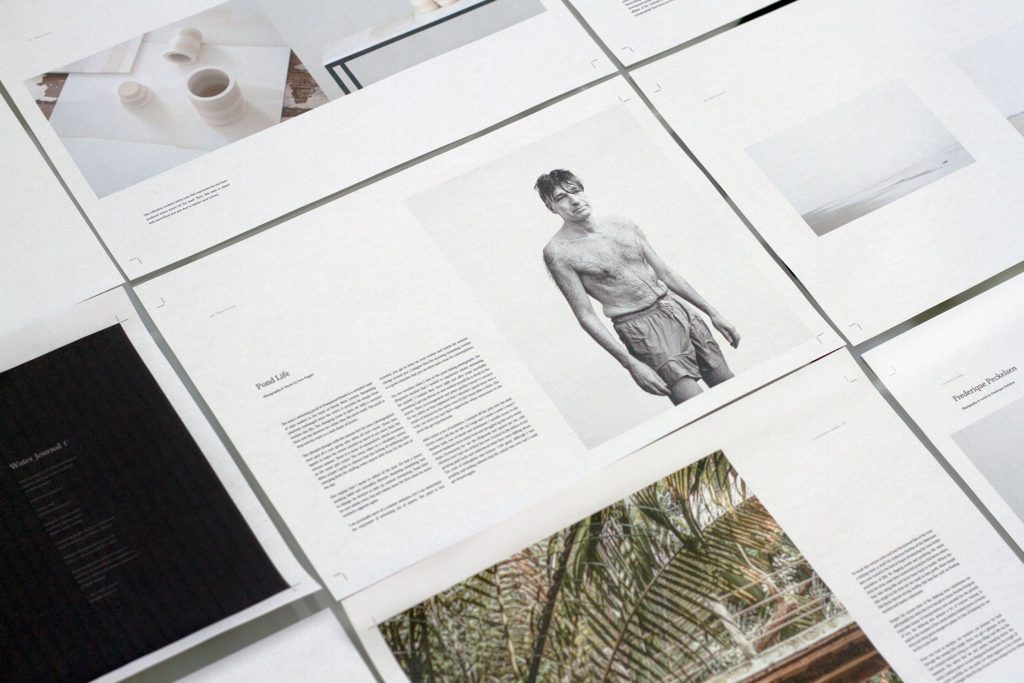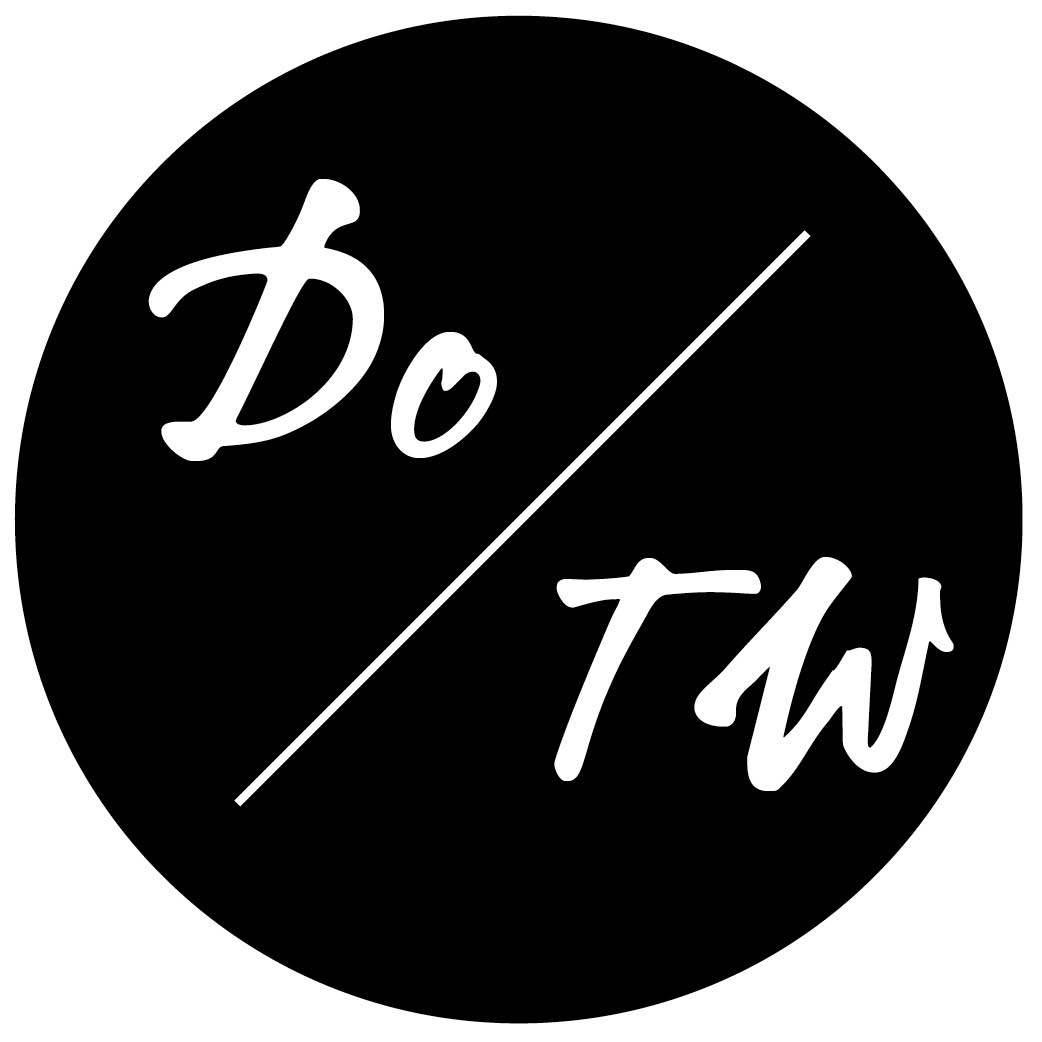How Can You Tell Which Part of a Magazine is a Department?

Welcome to a new feature here at Dream of Travel Writing–the Monday Mailbag! We often get questions from readers, folks in our accountability group, or coaching program members that we think would apply to a lot of you.
Now, with permission, agony-aunt-style, we’ll be sharing a new one with you each Monday. If you have a question you’d like to see included, please send it to us at questions [at] dreamoftravelwriting.com and make sure to include a line saying we have permission to reprint your question.
On to the tricky travel writing questions!
The Background
In our Pitchapalooza Program running this month, we break pitches into three sections that we work on separately:
- “P1” or the lede/lead
- “P2” where we explain what the story is about
- the “about me” paragraph or “P3”
(You can read more about our recommended pitching formula in brief here.)
But we also break the types of pitches we’re writing in three types of article pitches that we work on separately:
- short, “front-of-book” pieces
- departments
- features
One of the members of the program asked me:
“Am I missing something or do many magazines only have FOB, BOB and features (no departments)?”
It’s a very important question and I wanted to address it here, because magazine departments are the single easiest way to get an assignment from a magazine that you want to write for.
My Advice
Here’s what I told the writer above:
“The distinction between FOB shorts and departments is one of these know it when you see it things to a certain degree with magazines, but we do in the database use the term front of book for all the “front matter” (another industry term for everything before features).
We’ll be looking in this program at how you pitch shorts differently than sections with a regimented rubric for their structure (more common with departments), which is why I’ve broken them up in this way.”
To understand this answer though, if you’re totally new to writing for magazines, there’s a few important terms to define:
- front of book (FOB): the first articles in a magazine, typically very short in length
- departments: articles before the feature well of a magazine that follow the same format every month; also sometimes called columns
- feature well: the part of a magazine that contains the features
- back of book/back matter: the pages in a magazine following the feature well
In a way, as you’ll see above, departments are defined in part by the physical place they occupy in the magazine, as well as by their format. They also tend to be significantly longer than the FOB pieces, sometimes even 1,000- or 1,500-words long–one of the other reasons they’re a great part of the magazine to target. You can get some serious dollars here writing these for $1/word publications.
They also tend to be significantly longer than the FOB pieces, sometimes even 1,000- or 1,500-words long–one of the other reasons they’re a great part of the magazine to target. You can get some serious dough for these when you write them for major magazines.
In the Travel Magazine Database, we break down everything you need to know about departments in magazines that have a specific format, but here are some examples from our Friday Freebie Five preview of database sections so you can see how many stipulations departments often have in terms of format.
Departments:
- Delta Sky‘s “1 City 5 Ways” showcases a city in five different ways to appeal to five different tastes and preferences in a second-person, 700-word long article. A recent article featured Boston and broke the city down into the categories of those who identify as a foodie, historian, sports fan, adventurer, or modernist. Within each category, the writer suggests where to stay, where to eat, and what to do during the morning, afternoon, and evening. Other cities that have been featured include Rio de Janeiro, Seoul, Nashville, and Anchorage.
- Endless Vacation‘s “Drive” is a 1,500-word section catering to road trips and breaking down the must-see spots en route. There are also sidebars for “Eat” (five restaurants with price quotes for two diners along with address and phone number) and “Stay” (seven RCI affiliated resorts and four non-RCI affiliated resorts. Addresses, phone numbers, and price quotes are included for the non-RCI resorts).
- Arizona Highways’ “Scenic Drive” spotlights a notable driving route in Arizona in about 470-to-530 words. This article describes distinguishing landmarks, road conditions, recommendations of where to stop, scenic views, and noteworthy wildlife that makes the drive special. The article ends with a list of statistics, including “Length,” “Directions,” “Vehicle Requirements,” “Special Consideration,” “Warning,” and “Information,” with a phone number and website pertaining to the drive’s location. Recently published routes include, “Pronghorn Drive,” in Buenos Aires National Wildlife Refuge in Southern Arizona, “Monument Valley,” in Navajo Nation, and “Empire Ranch Road,” in Las Cienegas National Conservation Area.
Front-of-Book:
- Delta Sky‘s “Wheels Up” is broken up into seven to eight smaller sections. One subsection written by a contributor is a 250-word, second-person piece called “Trending” about a popular city to travel to, like Mexico City, Ottawa, or Oakland.
- Rhapsody‘s “On Trend” is a 250-word overview of the latest fashion trend and the story behind it, for example sequins and fur coats. This section is written in the third person and does not concentrate on a specific designer, country or brand, but delivers a vision from across the world. It is playful and more humorous section.
- Conde Nast Traveller (India)‘s “Word of Mouth” is made up of around 13 articles covering travel, culture, and lifestyle topics from around the world. These are written in third person and are usually between 150 to 800 words long. Examples from recent issues include “Where Chef’s Eat: In Dubai” (five Indian chefs share their favorite restaurants in Dubai), “A Walk in the Park,” (a round up of five lesser-known attractions in Central Park), and “Sydney: Food’s Paradise” (a round up the seven best places to eat in Sydney including their websites).
It’s important to understand and starting getting comfortable with magazine industry terms, because editors will use them and expect you know what they mean (more on that in an upcoming Monday mailbag!). Check out our Travel Writing Glossary for more freelance and magazine writing terms you should know.
